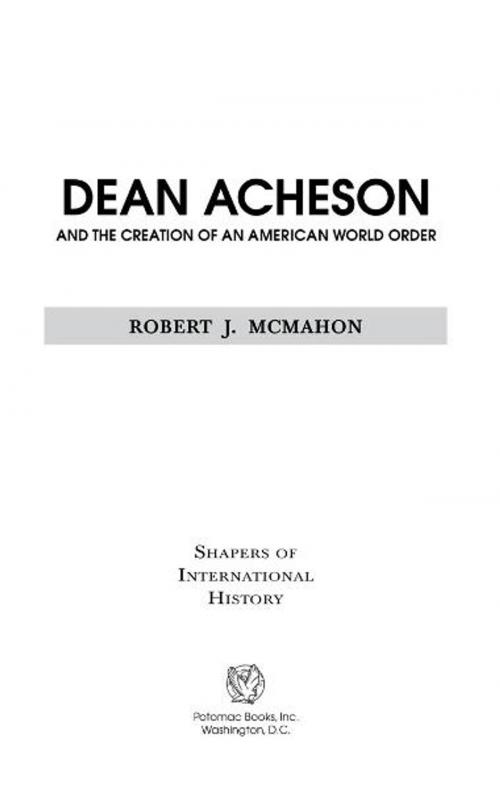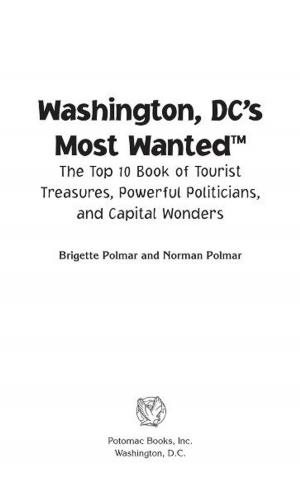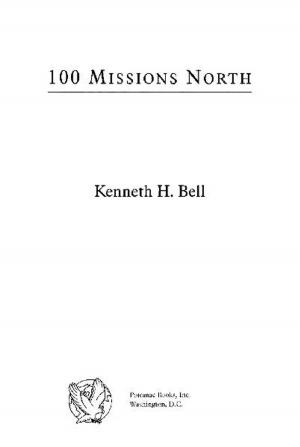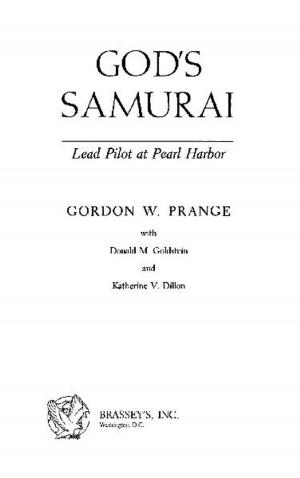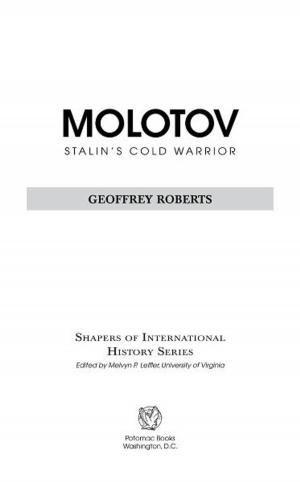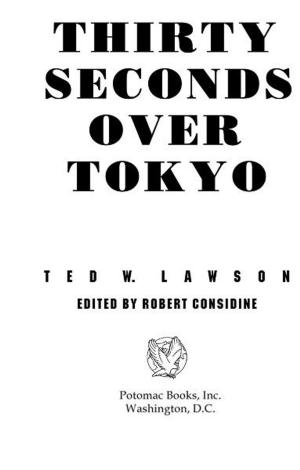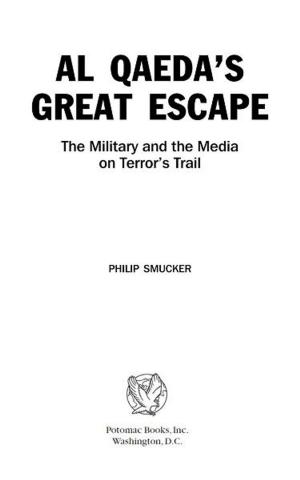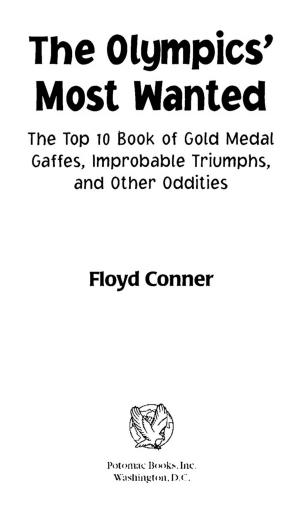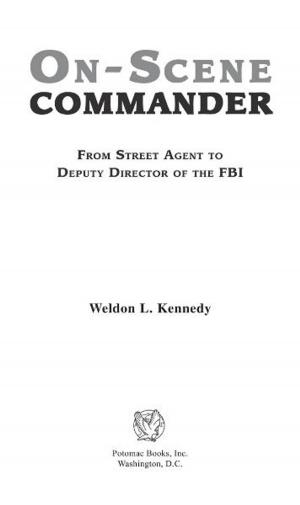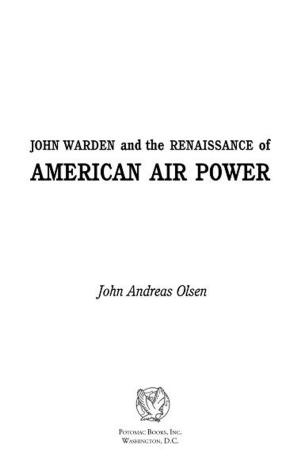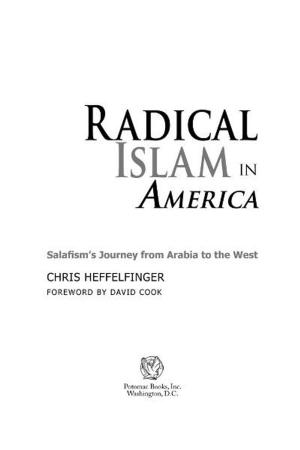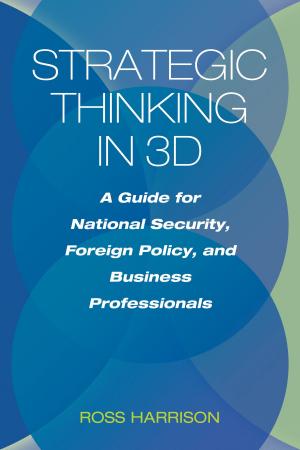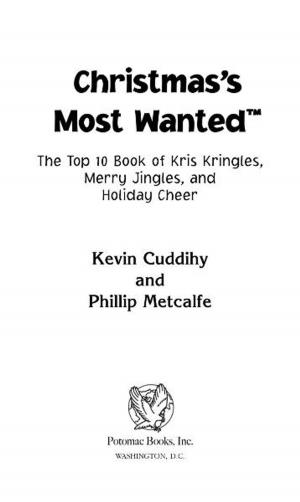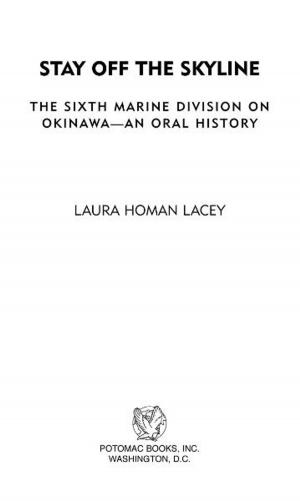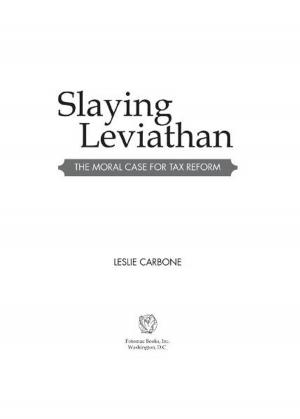Dean Acheson and the Creation of an American World Order
Nonfiction, Social & Cultural Studies, Political Science, International, International Relations, History, Americas, United States, 20th Century| Author: | Robert J. McMahon | ISBN: | 9781597976534 |
| Publisher: | Potomac Books Inc. | Publication: | December 31, 2008 |
| Imprint: | Potomac Books Inc. | Language: | English |
| Author: | Robert J. McMahon |
| ISBN: | 9781597976534 |
| Publisher: | Potomac Books Inc. |
| Publication: | December 31, 2008 |
| Imprint: | Potomac Books Inc. |
| Language: | English |
This compact and accessible biography critically assesses the life and career of Dean Acheson, one of AmericaÆs foremost diplomats and strategists. As a top State Department official from 1941 to 1947 and as Harry S. TrumanÆs secretary of state from 1949 to 1953, Acheson shaped many of the key U.S. foreign policy initiatives of those years, including the Truman Doctrine, the Marshall Plan, the creation of the North Atlantic Treaty Organization, the rebuilding of Germany and Japan, AmericaÆs intervention in Korea, and its early involvement in the Middle East and Southeast Asia. Right up until his death in 1971, Acheson continued to participate in major policy decisions and debates, including the Cuban missile and Berlin crises and the Vietnam War.Dean Acheson can justifiably be called the principal architect of the American Century. More than any other individual, Acheson is responsible for designing and implementing the ultimately successful U.S. Cold War strategy for containing the Soviet Union. In an even broader sense, Acheson played an instrumental role in creating the institutions, alliances, and economic arrangements that, in the 1940s, brought to life an American-dominated world order. The remarkable durability of that world orderùwhich has remained the dominant fact of international life long after the end of the Cold Warùmakes a careful examination of AchesonÆs diplomacy especially relevant to todayÆs international challenges.
This compact and accessible biography critically assesses the life and career of Dean Acheson, one of AmericaÆs foremost diplomats and strategists. As a top State Department official from 1941 to 1947 and as Harry S. TrumanÆs secretary of state from 1949 to 1953, Acheson shaped many of the key U.S. foreign policy initiatives of those years, including the Truman Doctrine, the Marshall Plan, the creation of the North Atlantic Treaty Organization, the rebuilding of Germany and Japan, AmericaÆs intervention in Korea, and its early involvement in the Middle East and Southeast Asia. Right up until his death in 1971, Acheson continued to participate in major policy decisions and debates, including the Cuban missile and Berlin crises and the Vietnam War.Dean Acheson can justifiably be called the principal architect of the American Century. More than any other individual, Acheson is responsible for designing and implementing the ultimately successful U.S. Cold War strategy for containing the Soviet Union. In an even broader sense, Acheson played an instrumental role in creating the institutions, alliances, and economic arrangements that, in the 1940s, brought to life an American-dominated world order. The remarkable durability of that world orderùwhich has remained the dominant fact of international life long after the end of the Cold Warùmakes a careful examination of AchesonÆs diplomacy especially relevant to todayÆs international challenges.
